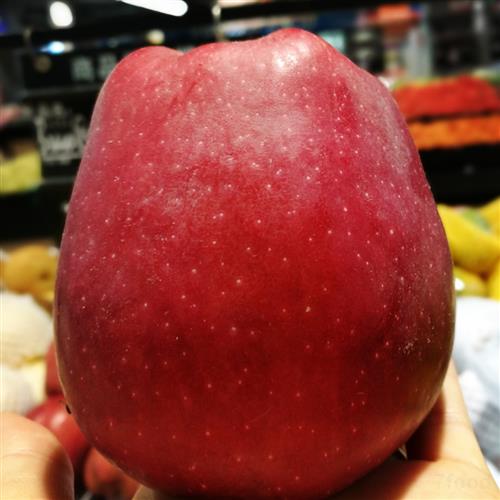Eat more detox food in misty days
The blood vessels of the body are like sewers. It takes a long time for them to accumulate rubbish. It should be cleaned from time to time. What do we look at below?
1. Beans. Various beans, including red beans, white beans, black beans, chickpeas, and lentils, are excellent food sources for soluble fiber. Fibers can bind cholesterol-bearing bile salts in the small intestine, promoting cholesterol excretion to the body. During this process, the liver must consume more cholesterol to produce more bile salts, and the level of low-density lipoprotein cholesterol (LDL) decreases. Studies have shown that eating a half cup of cooked beans a day can reduce LDL by an average of 8%. Chickpeas are best at reducing LDL levels.

2. Apple. Apple is also a good source of reduced LDL soluble fiber, mainly pectin. Research has also shown that eating one apple a day can alleviate the oxidation of LDL. What plays a key role is polyphenolic antioxidants from apple peels. Because LDL interacts with free radicals to accelerate the oxidation process and increase the risk of inflammation and arterial plaque accumulation to form thrombi, it is important to take antioxidants. In addition, eating apples can also improve liver detoxification, lower cholesterol and blood lipid levels.
3. Nuts and plant seeds. Nuts and plant seeds such as walnuts, almonds, pistachios, seeds and flax seeds are good sources of heart-healthy monounsaturated and polyunsaturated fats, vitamins, trace elements and cellulose. The study found that replacing saturated fats in the diet with nuts and plant seeds can effectively reduce LDL and total cholesterol levels without affecting "good" cholesterol (HDL) levels. Due to the high calorie content of nuts and seeds, daily intake is preferably controlled within 1 ounce (28 grams). In addition, it is best not to choose more salt or polysaccharide nuts.
4. Green tea. Antioxidant-enriched green tea, black tea, oolong tea, and white tea all help to lower LDL, of which green tea works best. The reason is that green tea is made directly from tea leaves and the strong antioxidants are not oxidized by fermentation. The study found that drinking green tea can reduce LDL levels by about 2%. Green tea can also prevent microvascular wall rupture bleeding. Experts suggest that drinking a few cups of green tea a day can help reduce lipids.
5. Oats. Oats and oat bran contain water-soluble fiber beta-glucan, which helps lower LDL levels. Several studies have shown that at least 3 grams of oat glucan per day can reduce LDL by an average of 7%. The study also found that the polyphenolic antioxidant oat oat amide in oats helps combat inflammation, prevents thrombosis, and inhibits atherosclerosis.
6. Red grapefruit. A study found that eating one red grapefruit every day for a month can reduce LDL levels by 20%. This may be related to limonoids and lycopene in red grapefruit. Grapefruit is also rich in soluble fiber pectin, which also helps lower LDL. Experts advise: Grapefruit will enhance the role of heart drugs such as statin drugs and calcium channel blockers. Therefore, patients who are taking such drugs should seek medical advice before eating grapefruit.
7. Red wine or grapes. Studies have found that resveratrol, a phytochemical contained in grapes used to make red wine, lowers LDL levels. The substance has antioxidant and anti-inflammatory properties and can also prevent coronary heart disease. In addition, a glass of red wine per day can prevent vasoconstriction after a high-fat diet, thereby reducing the risk of atherosclerosis and heart attack. For non-drinkers, resveratrol can be taken from grapes, blueberries, cranberries or peanut butter. Drinkers, no more than 1 to 2 cups of red wine per day, 5 ounces per cup (about 142 grams).
8. Phytosterols. Phytosterols are natural substances found in small amounts in vegetable oils (corn oil, soybean oil, etc.), nuts, beans, whole grains, fruits, and vegetables. The study found that daily intake of 2 grams of sterols, 4 weeks later, LDL levels can be reduced by 6% to 14%. The mechanism is that phytosterols can prevent the absorption of cholesterol in the small intestine and thus help to lower LDL. Although it is difficult to obtain 2 grams of sterol directly from fresh food, some sterol fortified foods can be selected.
Greenhouse Plastic Plastic Clamps
Greenhouse Plastic Plastic Clamps,Greenhouse Structure Connecting Clamps,Agricultural Greenhouses Clamps,Plastic Clamps
JIANGSU SKYPLAN GREENHOUSE TECHNOLOGY CO.,LTD , https://www.thgreenhouse.com